Last-Minute NYC Holiday Gift Guide 🎁
We’ve created a holiday gift guide with presents for the intrepid New Yorker that should arrive just in time—

This funky Greenwich Village townhouse stands at the site of an accidental explosion by the radical Weather Underground organization!

The house at 18 West 11th Street in Greenwich Village has a distinctly different look than its neighbors. While the other house facades, a row of Greek Revival-style buildings, are uniformly set back from the street, number 18 is angled, marking it from the others. For those who lived through the 1970s, this house is a reminder of a dark history. On March 6, 1970, the home that originally stood at this side exploded.
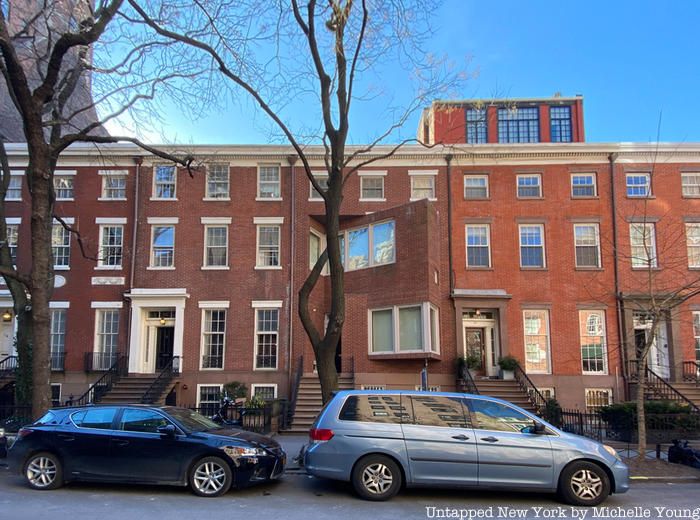
The explosion was accidental, but rooted in dangerous political activity. Advertising executive James Wilkerson had been living in the townhouse since 1963 with his second wife. His daughter from his first marriage, Cathy Wilkerson, was supposed to go on vacation with her family in the Caribbean, but saying she had the flu, was given the keys to the house.
Wilkerson had been gradually getting involved in anti-nuclear proliferation, de-militarization, Civil Rights, and other social movements during her time in boarding school. As a college student at Swarthmore, she became involved with the Students for a Democratic Society and then a more dangerous spin-off organization, the Weather Underground or the Weathermen, founded at the University of Michigan’s Ann Arbor campus.
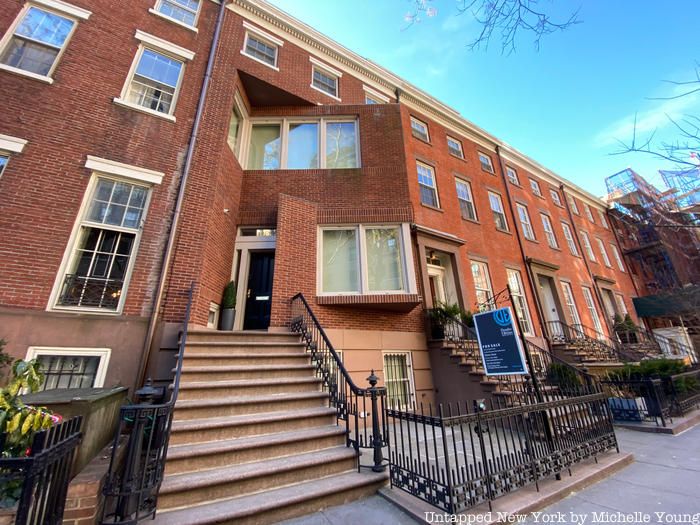
The true reason for Wilkerson’s stay at the Greenwich Village townhouse was to assemble mail bombs intended for a dance at the Fort Dix army base in New Jersey and potentially at Columbia University, using the network of underground tunnels. Five people were in the townhouse at the time of the explosion: Wilkerson, Ted Gold, Diana Oughton, Terry Robbins, and Katherine Boudin. None had much experience in explosives but were handling dynamite, pipe bombs, blasting caps, and an anti-tank shell from the First World War. All had been prominent in various movements and protests — Gold had led the 1968 Columbia University protests, Robbins led the Kent State University student rebellion.
The explosion took place in the basement, immediately killing Oughton and Robbins. The building collapsed on Gold, who was returning back to the townhouse at the time. Wilkerson was upstairs ironing sheets and Boudin was showering. They were the only two who survived after they were rescued by an NYPD officer and off-duty NYCHA security officer.
The two survivors were out on bail, having been arrested in a riot in Chicago, and after accepting assistance from a neighbor after the bombing, fled the scene. Wilkerson would not turn herself in until a decade later, after which she served 11 months out of a three-year sentence. You can read her account of her life in her autobiography, Flying Close to the Sun: My Life and Times as a Weatherman.
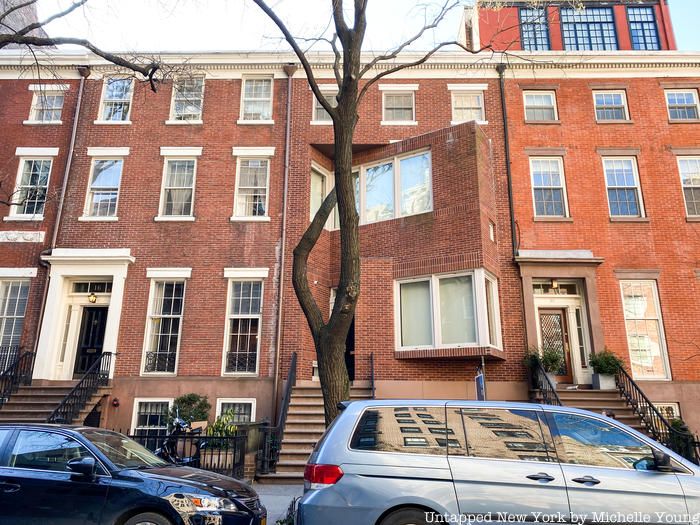
The house at 18 West 11th Street has a rather notable history, even before the 1970 explosion. It was originally built in 1845 and in the 1920s was owned by Charles E. Merrill, the co-founder of Merrill Lynch. Charles E. Merrill was the father of poet James Merrill, who wrote a poem entitled “18 West 11th Street” following the bombing. The house was also owned by Broadway figure Harold Dietz, who the New York Times reports created the roaring lion for MGM. At the time of the explosion, Dustin Hoffman and his wife lived next door.
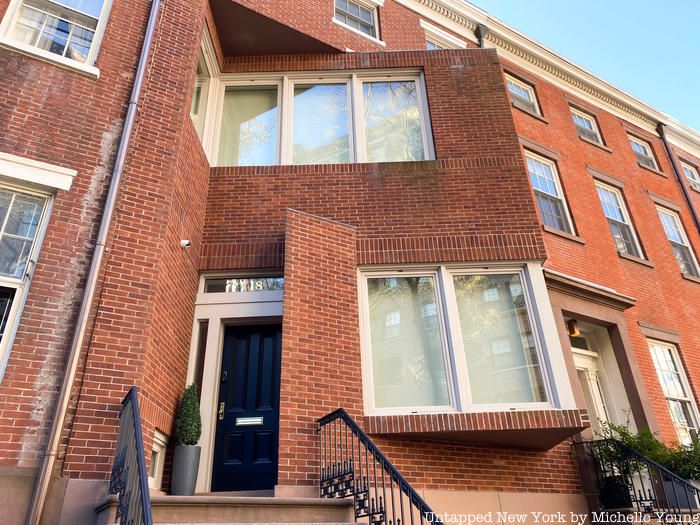
Nothing of the original building was salvaged from the explosion. The empty lot was purchased by the architect Hugh Hardy. Hardy and his associate had plans to build the townhouse that is now standing. Though the design was approved by the Landmarks Preservation Commission, it did not get built until the land was sold again in 1978 to Philadelphia couple David and Nora Langworthy with an agreement to execute Hardy’s project.
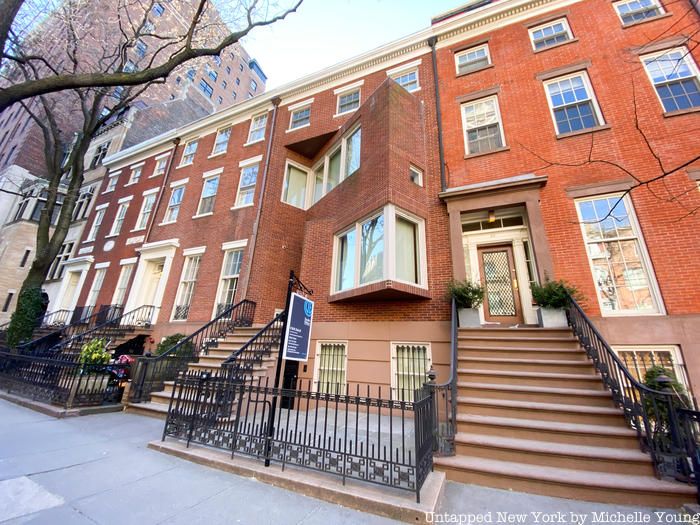
When Nora Langworthy passed away, the house was sold to financier Justin Korsant in 2012 for $9.25 million. Korsant renovated the townhouse with H3 Hardy Collaboration Architecture, the next iteration of Hugh Hardy’s firm. It was sold again in 2015 for $12 million, and again in 2019 for $9 million. The home is currently off the market but was most recently listed for $21 million.
The most recent renovation on the house was done by vonDALWIG Architecture. The firm added new luxury technology systems including, according to the listing: “an integrated audio, video, shade and lighting system throughout every level; radiant heat flooring provides year-round comfort; full-house humidification; a remote security and intercom system; a water purification system; even a snow-melting system.” There’s also a plunge pool in the backyard and a 20-foot glass wall rear facade.
Paralleling the evolution of Greenwich Village, the townhouse at 18 West 11th Street has moved far beyond its revolutionary past from the mid-century, likely far surpassing any imaginings that Cathy Wilkerson and her Weather Underground comrades had for this site.
Stop by 18 West 11th Street on our walking tour of Washington Square and the Birth of Fifth Ave!
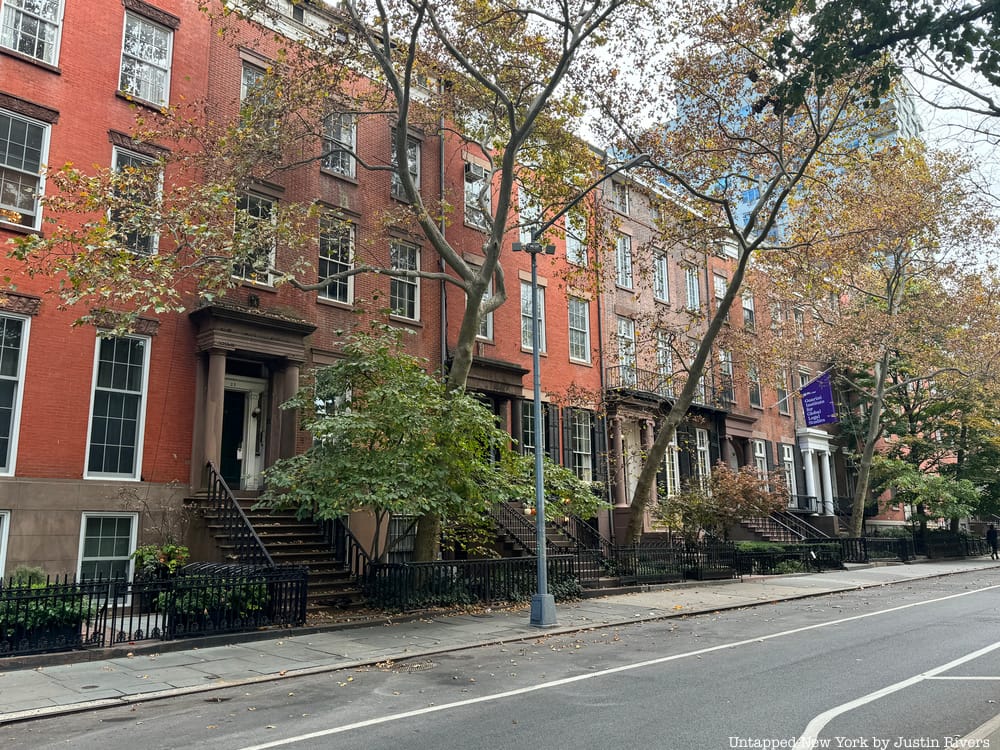
Visit extant 19th-century mansions, discover hidden Greenwich Village alleys, and look upon one of the oldest cemeteries in New York City as explore the roots of Fifth Ave and the early days of the Gilded Age!
Next, check out more Secrets of Greenwich Village!
Subscribe to our newsletter